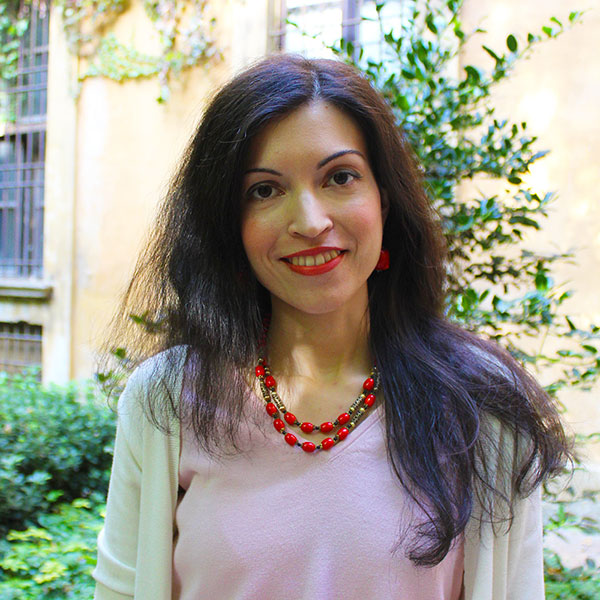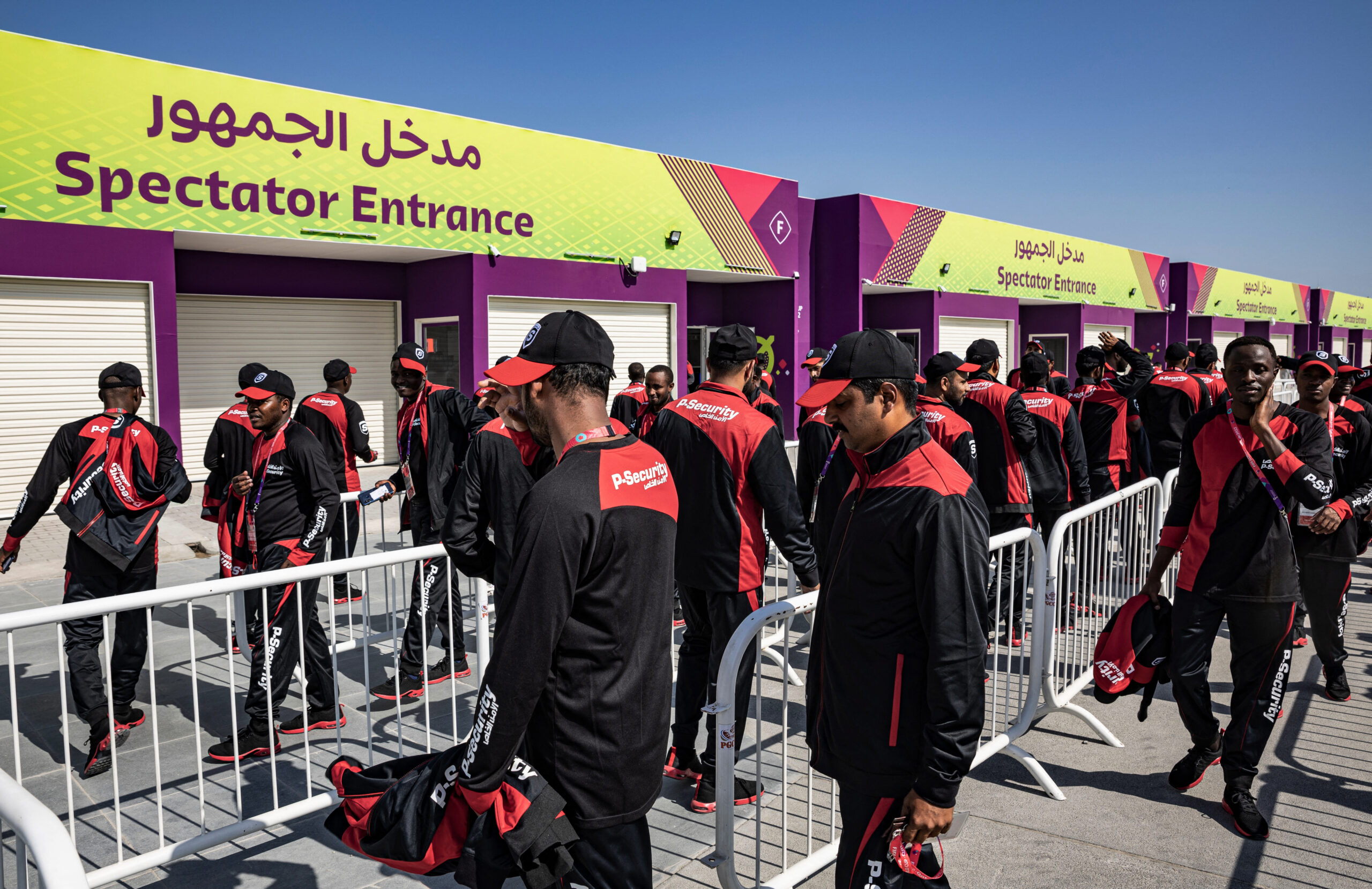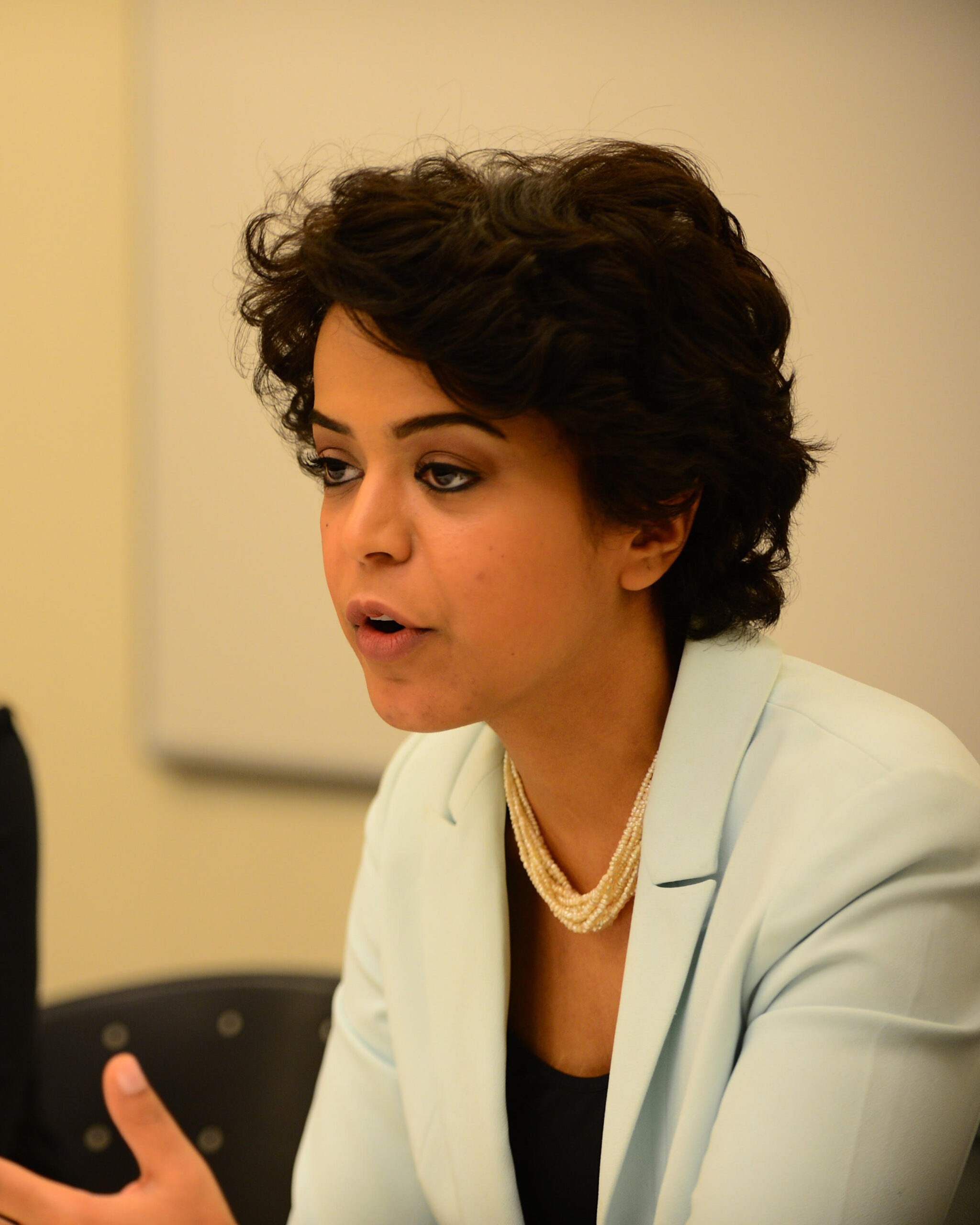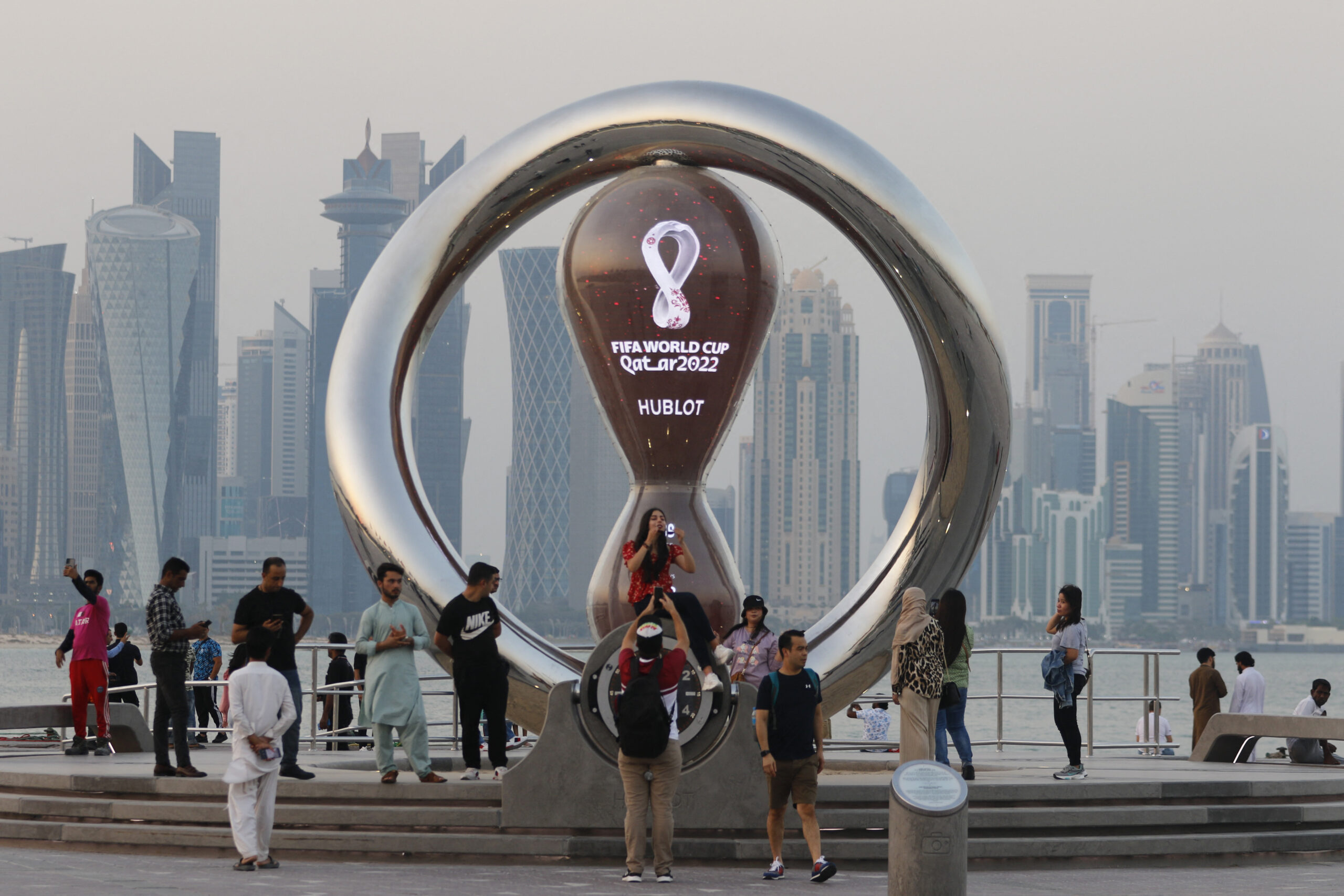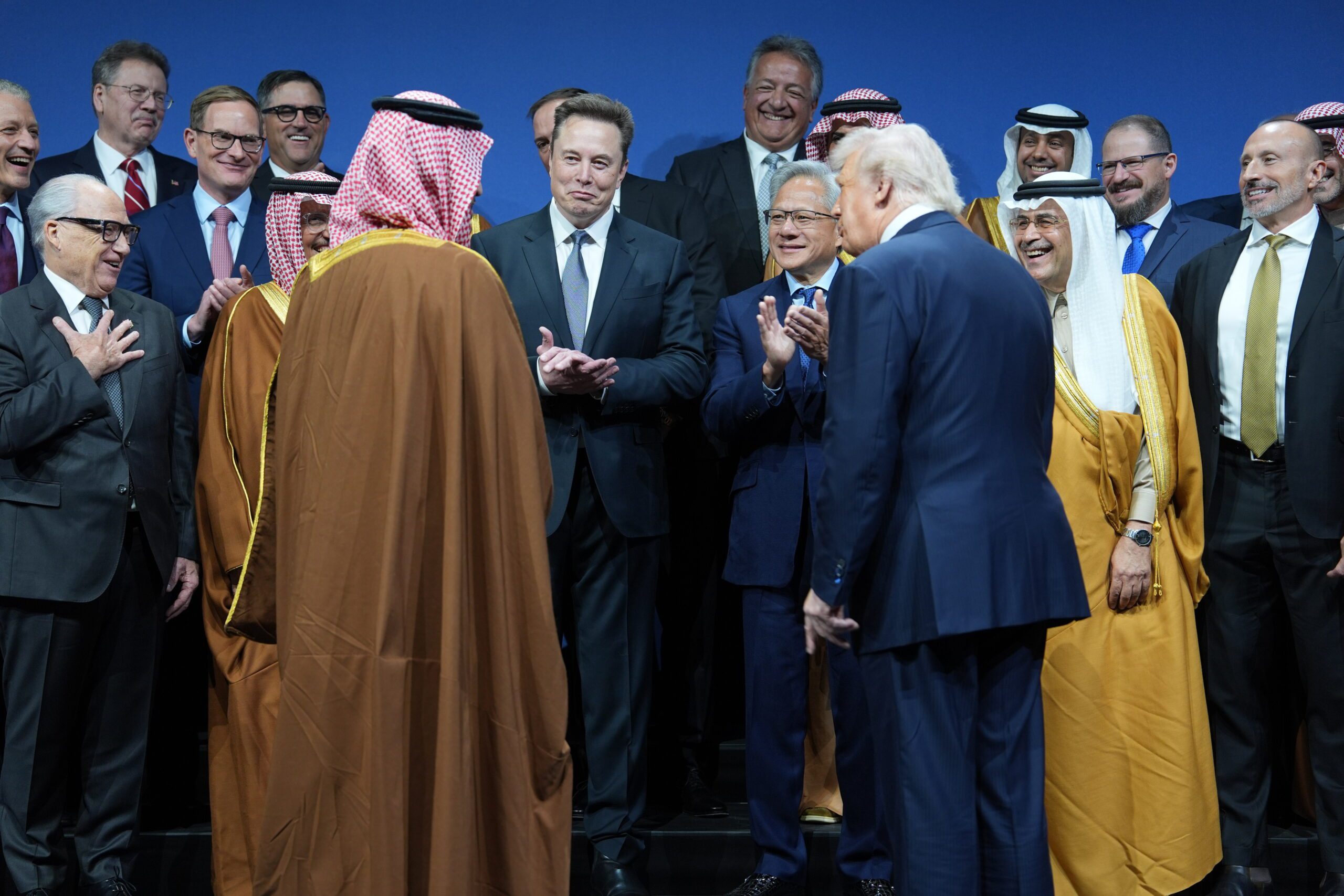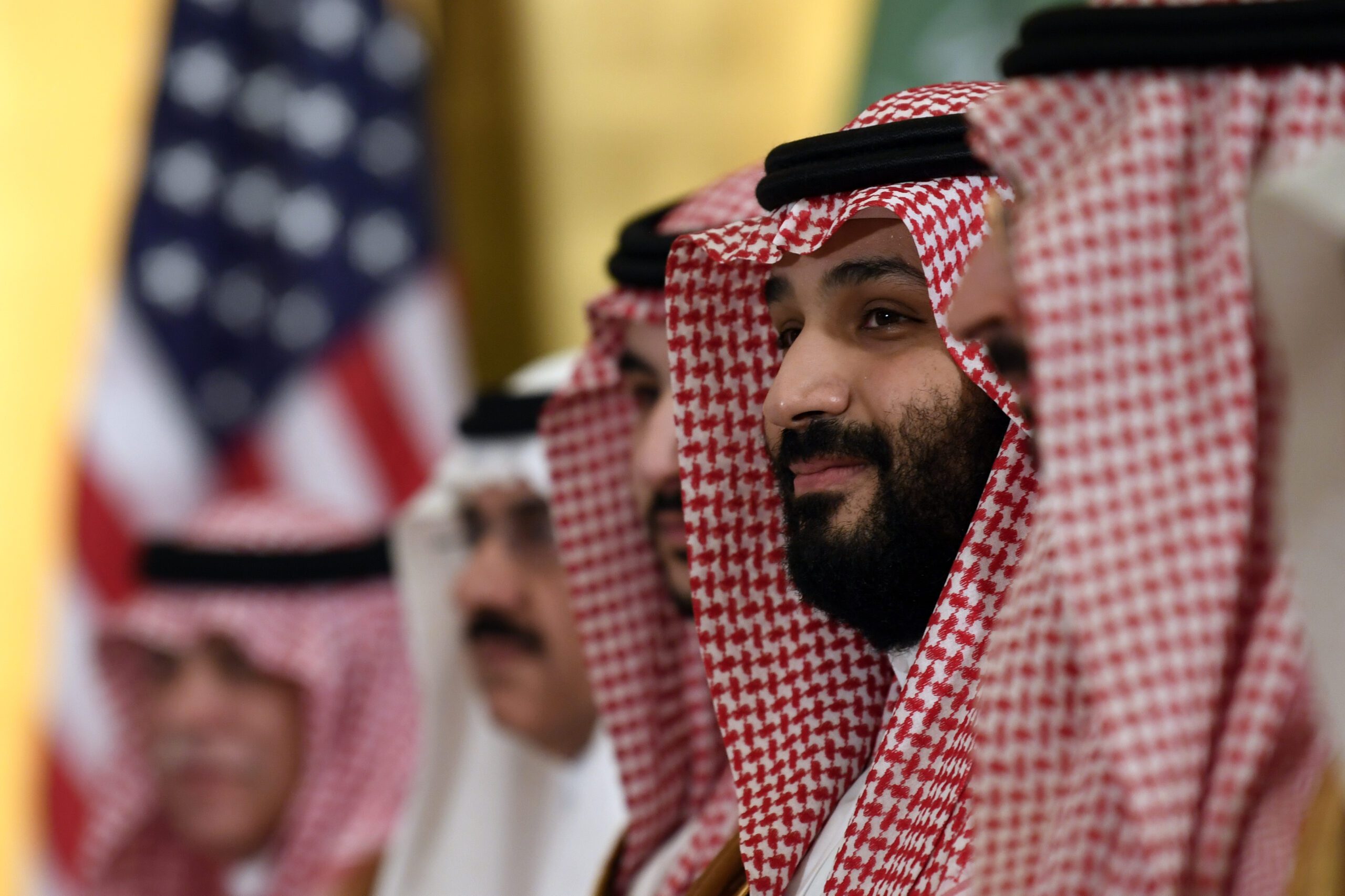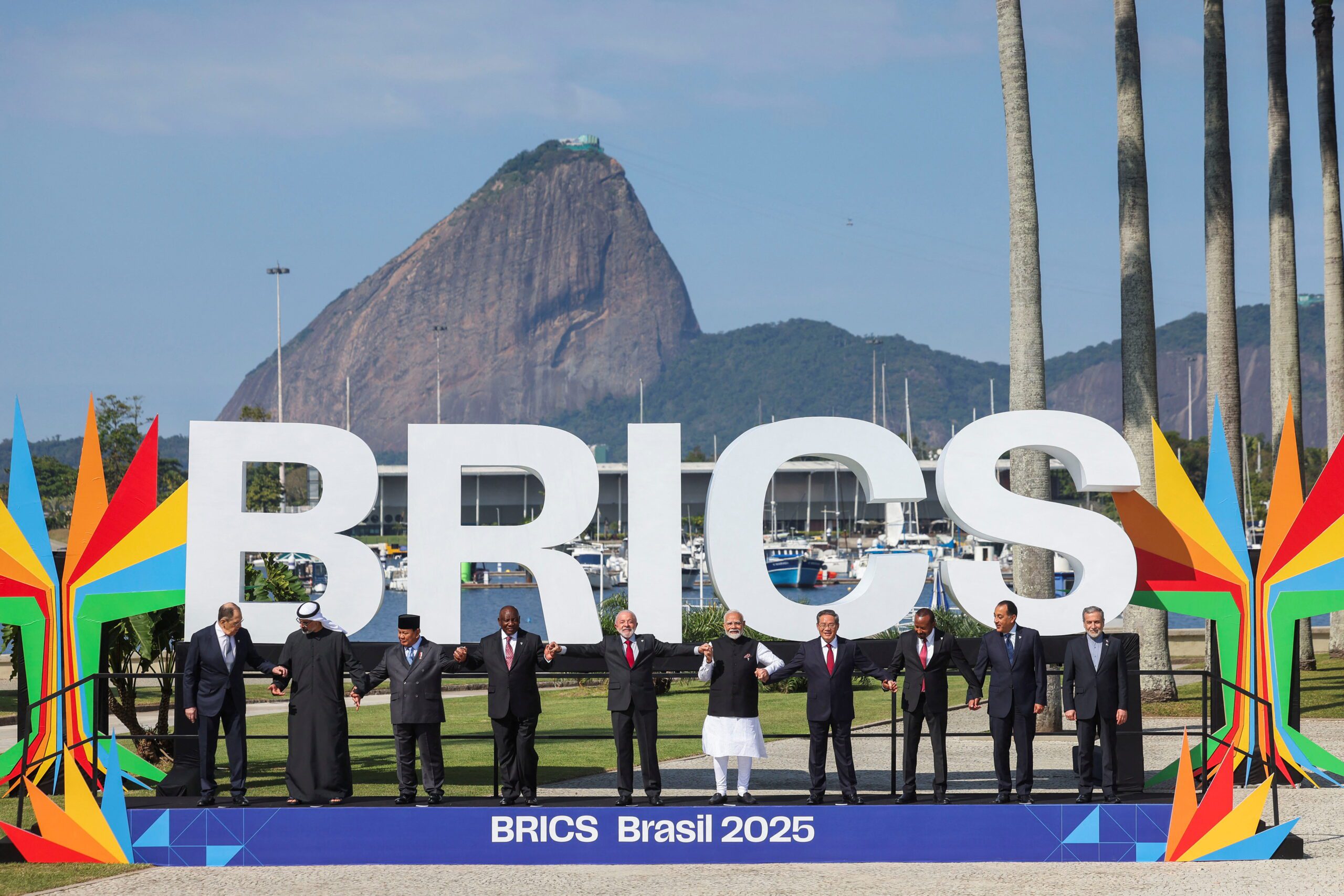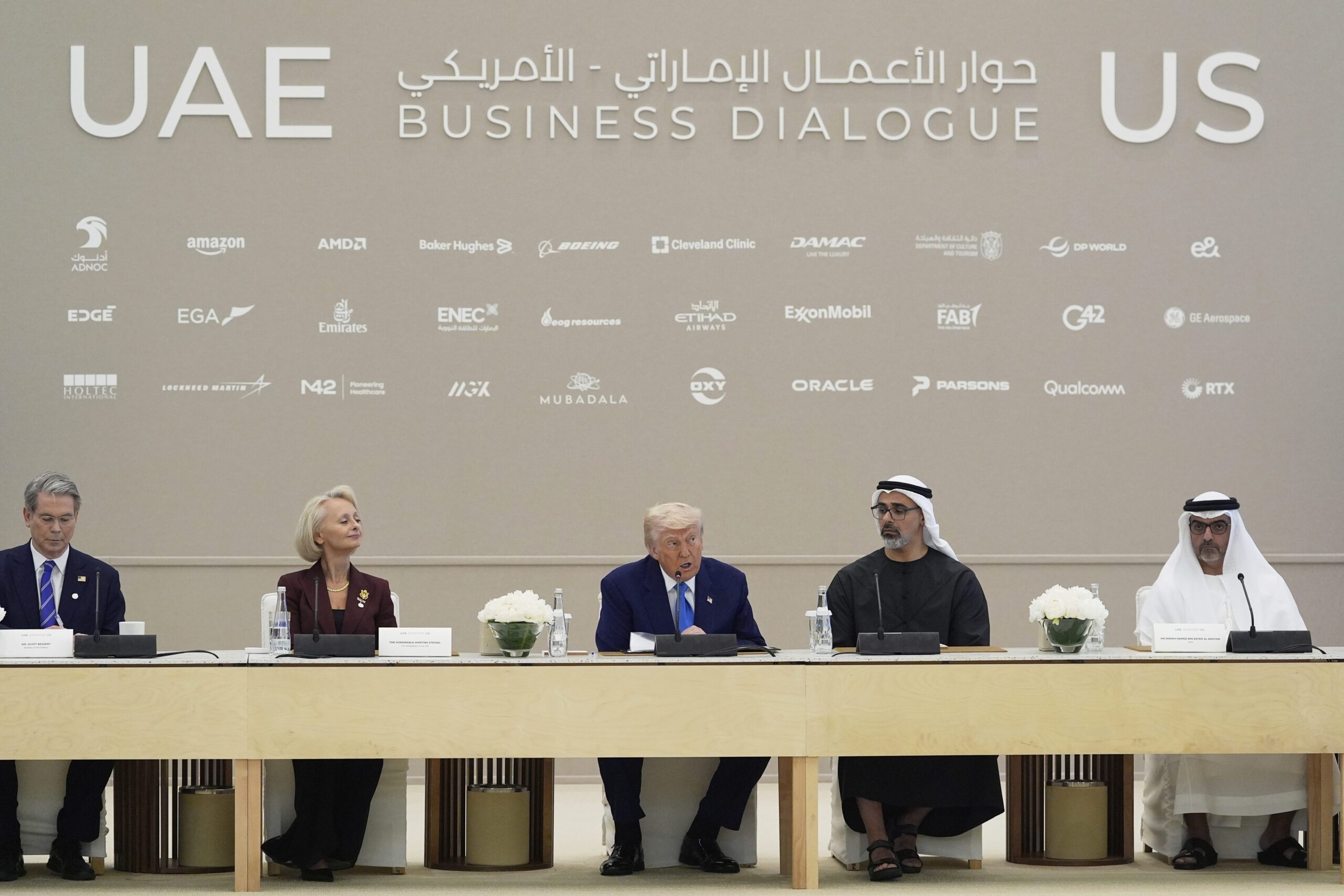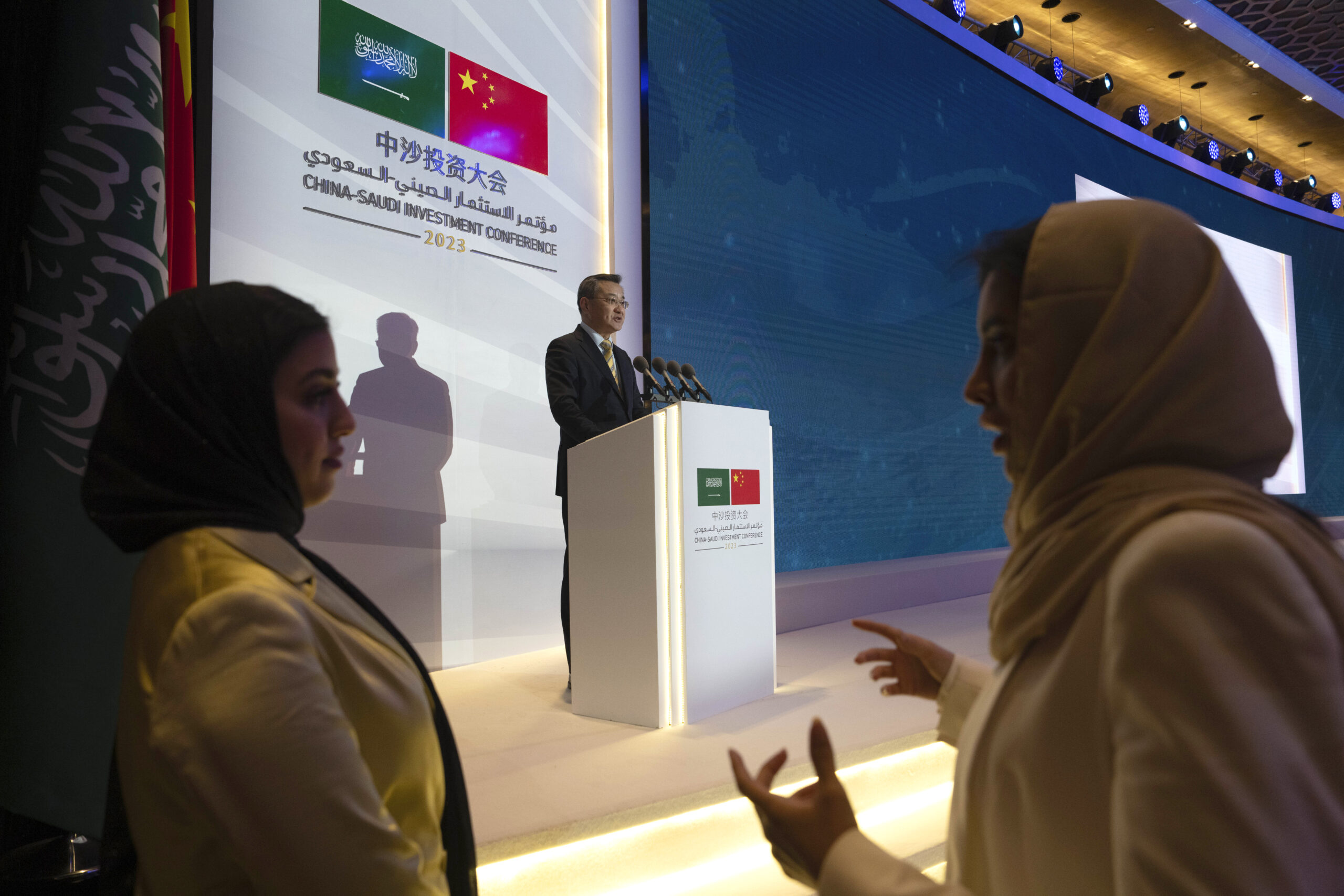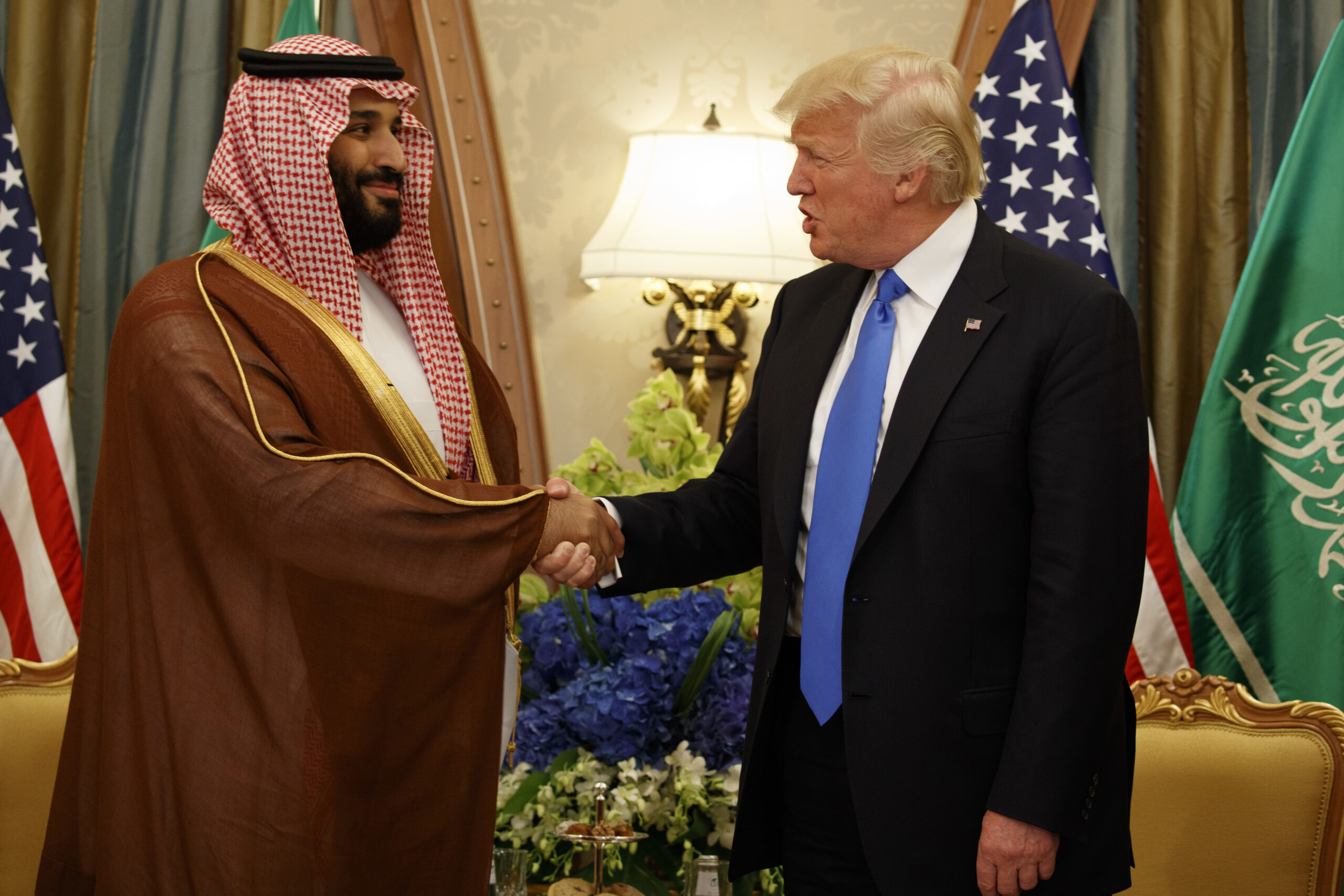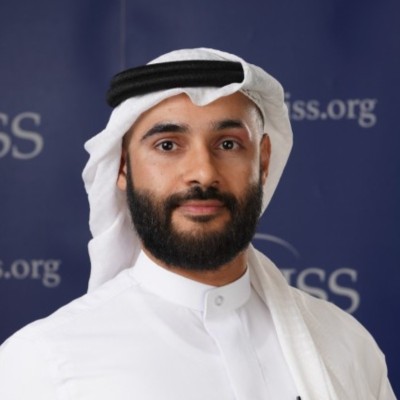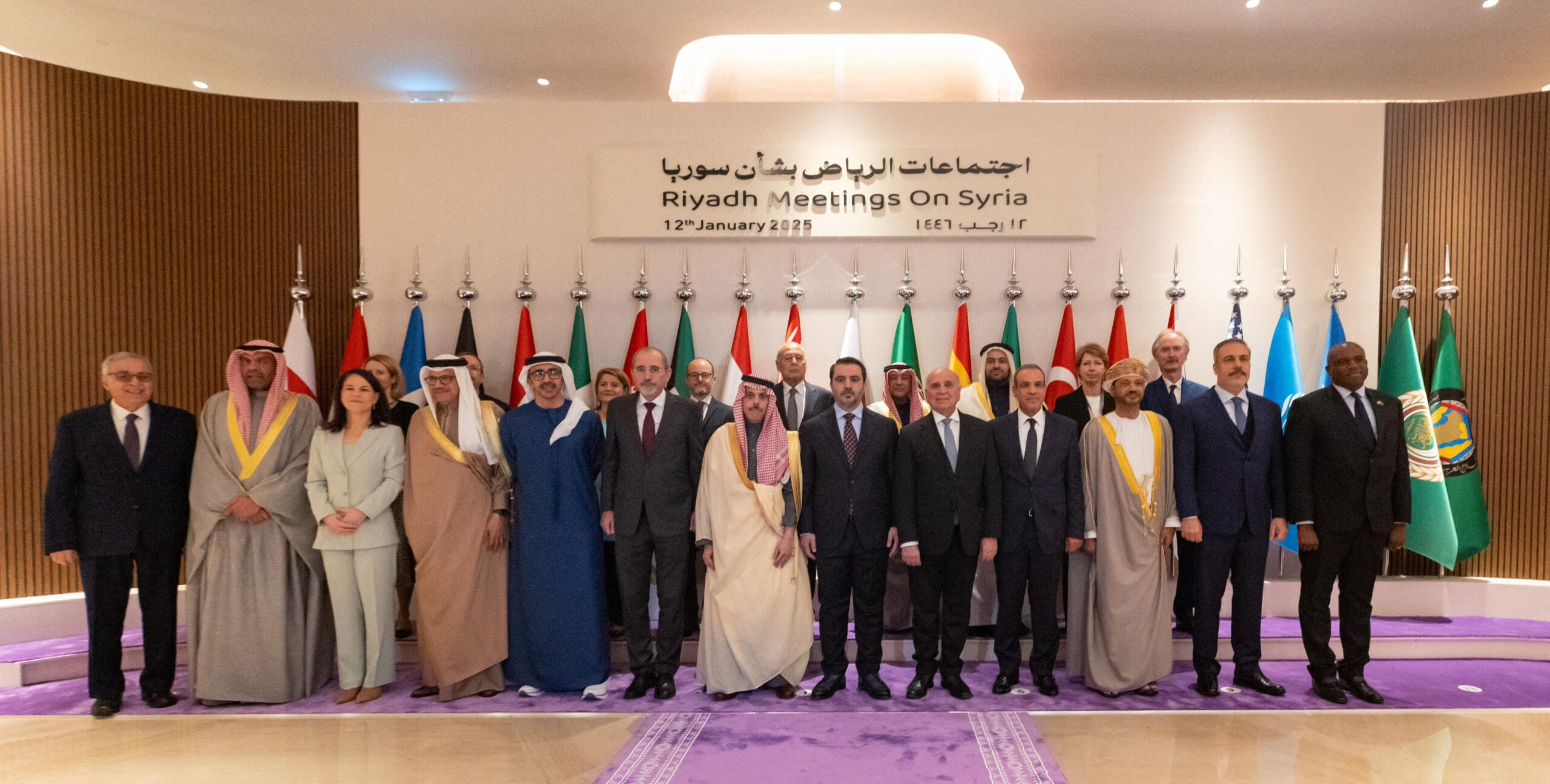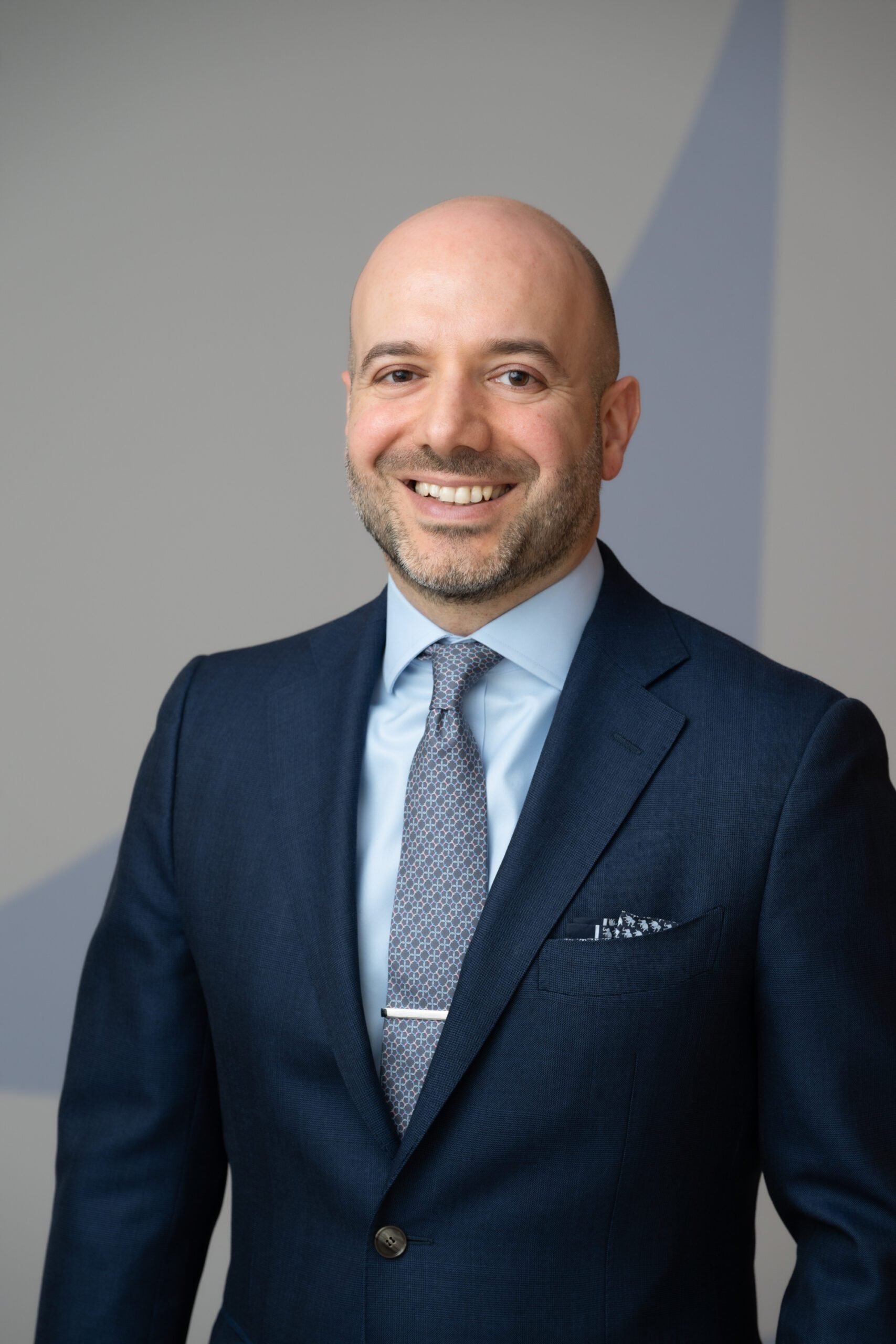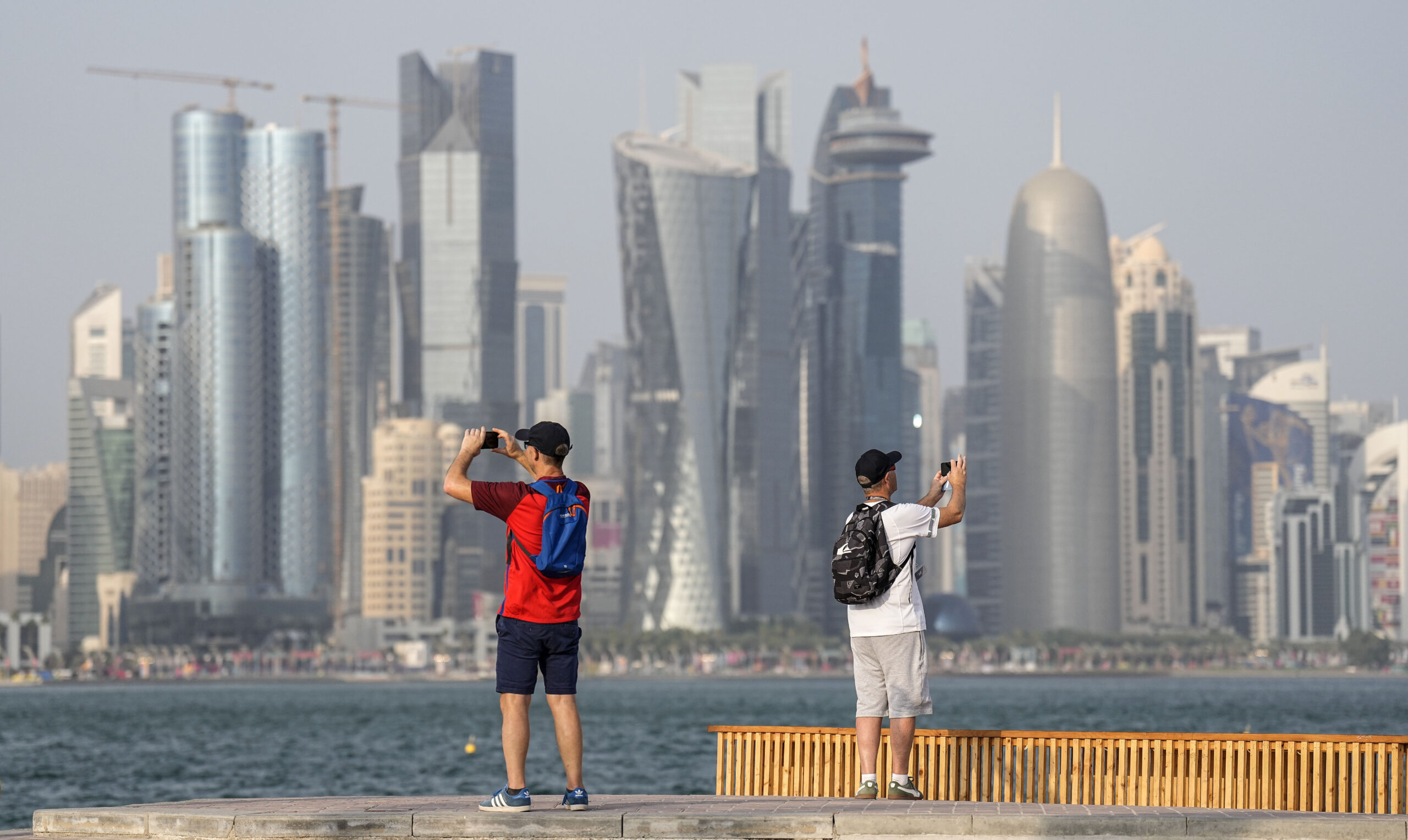
The 2022 FIFA World Cup in Doha from November 20 to December 18 presents an unparalleled opportunity for Qatari officials to market various aspects of their country to in-person fans and viewers. Between 1.2 million and 1.5 million visitors are expected to attend the 2022 FIFA World Cup in Doha over the month, and around 5 billion people will watch the tournament. Yet visibility and criticism often go hand in hand – Qatari and FIFA officials have contended with harsh critics. Qatar’s brand recognition is poised to be a big winner nonetheless, ultimately boosting the small Gulf state’s tourism credentials and future prospects.
The 2010 announcement that Qatar won the bid to host the 2022 FIFA World Cup gave Qatari officials more than a decade to prepare. Preparations to transform the small state into a location capable of hosting such an event have been costly. Estimates of Qatar’s infrastructure spending over the past decade range from $220 billion to more than $300 billion, though government officials note that much of this development was already planned. Qatar possesses significant financial capabilities: The government generated $17.85 billion in revenue during the first quarter of 2022 and $23.54 billion during the second quarter.
World Cup-oriented development initiatives took place alongside a broader clarification and later revamp of the country’s tourism plans. In 2014, Qatar launched its National Tourism Sector Strategy 2030. The strategy aimed to attract more than 7 million tourists per year by 2030, up from about 1.2 million in 2012, and boost annual domestic tourist trips to nearly 2.5 million. Qatari officials hoped the tourism industry would become a “main engine for development” to increase the number of small and medium enterprises, encourage entrepreneurship, and strengthen the private sector.
The Qatar Tourism Authority revamped the country’s tourism strategy in 2017. That June and August, Qatar introduced the first phase of an e-licensing system to facilitate business tourism and waived visa requirements for over 80 countries. In September 2017, Qatar launched a blueprint to guide the next stage of the tourism strategy over five years. This included the transformation of the Qatar Tourism Authority into the National Tourism Council, which reports to a board chaired by the prime minister. By 2023, officials want tourism’s contribution to gross domestic product to reach 3.8%, hotel occupancy rates to reach 72%, and 5.6 million visitors per year to arrive in the country.
The coronavirus pandemic proved a substantial obstacle to meeting Qatar’s tourism targets, especially concerning visitor numbers. In 2019, Qatar welcomed nearly 2.14 million visitors – reflecting a 17% increase over 2018 figures – before plunging by 73% in 2020, resulting in a mere 581,000 arrivals.
International arrivals to Qatar edged slightly upward in 2021 to reach 611,000 visitors but remained far below targets. The reconciliation among Gulf Arab states at the Gulf Cooperation Council summit in Al-Ula in early 2021 enabled Saudi Arabia to serve as the second-largest source market for visitors to Qatar that year, with most Saudis traveling across land borders that for several years had been closed. In October 2021, Qatar Tourism – the latest governance structure for the country’s tourism sector – launched a new international campaign to help drive tourism. The World Cup festivities and the 850,000 visitors expected to stay overnight throughout the tournament will provide a major boost to 2022 figures.
The World Cup activities in Doha have spillover effects in neighboring Gulf Arab states, which offer nearby hubs for fans willing to take a short flight to attend matches. The tourism sectors in the United Arab Emirates, Saudi Arabia, Oman, and Kuwait as well as these countries’ airlines all stand to gain from the influx of visitors for the World Cup. Further, the World Cup has provided the Qatari government with new opportunities to strengthen regional ties. Saudi Crown Prince Mohammed bin Salman attended the opening ceremony of the World Cup, and UAE President Mohammed bin Zayed al-Nahyan has visited Qatar during the tournament. The persistence of poor Qatari-Bahraini relations, however, has limited Bahrain’s ability to capitalize on the World Cup.
Hosting the World Cup has heightened Qatar’s exposure to criticism from international observers, nongovernmental organizations, and foreign government officials. The sharpest criticism centers around human rights issues, especially the treatment of migrant workers and minority groups, such as the LGBTQ community. Calls to improve the status of vulnerable segments of the population in Qatar should be taken seriously; however, these socioeconomic and legal challenges are not unique to Qatar and its hosting of the World Cup but rather tap into broader, long-standing concerns about certain aspects of Gulf Arab societies.
Other, less significant criticism revolves around the availability of alcohol – including a last-minute decision to ban sales of alcoholic beer at the eight stadiums hosting matches – and the lack of affordable tourism packages for international fans. Qatar’s neighboring Gulf countries also strictly limit or block the sale and consumption of alcohol and are increasingly prioritizing luxury tourism projects and initiatives. Given its small size, Qatari officials want to avoid an oversupply of tourism infrastructure intended for a consumer segment that is unlikely to return to Qatar after the World Cup.
After the last player leaves the World Cup pitch, Qatar faces two major tourism-related challenges. First, the government needs to promote smart, sustainable economic growth. It will be a challenge to maintain economic momentum without an urgent need to spend tens of billions of dollars annually on infrastructure. Second, Qatari officials and private sector actors must cooperate to best utilize – and repurpose if necessary – the World Cup-related infrastructure.
In a sign of growing confidence around the World Cup, Qatar is planning a bid to host the 2036 Olympics, despite three failed attempts to host the games in the past. A joint bid with neighboring countries, such as Saudi Arabia and the UAE, may provide another platform to strengthen regional ties over the longer term. Whatever happens with the 2036 Olympics, the 2022 FIFA World Cup is not a one-off for Qatar but rather a crucial component in its sports tourism development narrative. In 2019, Qatar hosted the World Championships in Athletics and the World Corporate Games, and the country is gearing up to host the FINA World Swimming Championship in 2023. Although the World Cup provides a major tourism boost, the broader success of Qatar’s tourism sector will depend on precisely how officials ensure the small country remains an attractive tourist destination over the coming years.
The views represented herein are the author's or speaker's own and do not necessarily reflect the views of AGSI, its staff, or its board of directors.

